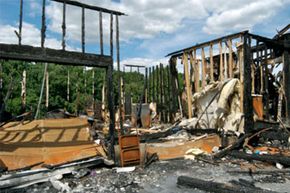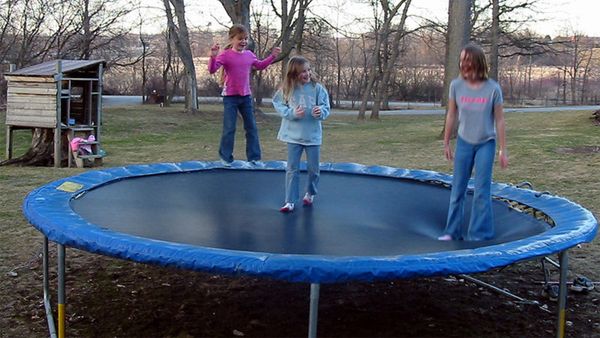Can you help me? Grab a notebook and a pencil -- we'll start downstairs. I'll take the pictures and put them on a stick drive later. Be careful. Don't trip over my cat Mike Moo. I know, cats aren't supposed to be the size of a rocking chair, but he's light on his feet and he loves my Great Dane. If the Dane had a pouch, Moo would crawl inside. Okay, let's begin. Write what I say as we go along.
- Suit of armor: $800. No, it's not a Halloween costume, but a late 19th-century replica. Not many people own a suit of armor, but I'm not many people. The authentic suit I wanted went for $4,000 at auction -- way too pricey.
- Stuffed peasant: $35. Don't ask. Mike Moo isn't even impressed, and he hates birds. Let's move on and never speak of the peasant again.
- 19th century tin bathtub: $250. Used in Victorian times when bathrooms were still science fiction. It doubles as a cat bed. Animals in this house get everything.
I haven't lost my mind. In fact, I'm lucid, although lucidity is a matter of opinion. What you and I are doing is taking an inventory of my valuables -- or not so valuables -- in case I have to make an insurance claim. The inventory is documentation that I can use in negotiating replacement costs with the insurance company.
Advertisement
Creating an inventory like this is time consuming, but it's well worth the effort. Robin Kaufman knows all too well the importance of a home insurance inventory. In 2007, Kaufman lost her house when wildfires swept through her San Diego neighborhood. The day before, Kaufman videotaped her home simply to share it with a friend who lived on the East Coast. After the fire, Kaufman used the videotape as a record of her possessions when filing her insurance claim [source: California Department of Insurance].
Listing all your possessions after a fire, burglary or some other disaster can be an emotional, gut-wrenching experience as you try to remember everything that you owned. An inventory can take some of the angst out of the process. Go to the next page and learn some helpful hints on how to create a household inventory for insurance purposes.
Advertisement


